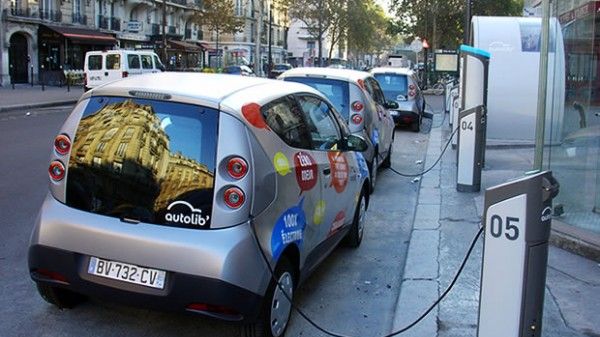
Blog post -
Leading the charge for electric vehicles
As car manufacturers race to meet growing demand for electric vehicles (EV), we’re applying our cable management expertise to help the industry develop innovative technologies that keep EVs charged and on the road.
No longer the preserve of unlikely concept cars or Hollywood stars keen to promote their “green” credentials, EVs are steadily becoming more mainstream. According to the Green Autoblog, the number of EVs is currently doubling every year.
Last year BMW launched its electrically-powered i3. Renault has a range of small and mid-size range vehicles, and their compatriot rival, Peugeot, is following suit, as are Audi, Cadillac, Chevrolet, Fiat, Ford, General Motors, Mercedes, Nissan, Volvo, VW and others.
And Tesla, considered by many as the trailblazer for EV cars is seeing its sales accelerate dramatically. According to the Economist, Tesla’s Model S last year outsold its nearest luxury rival, Mercedes’s (petrol) S-class, by 30 per cent in the US.
The flourishing EV market is being further underpinned by the continued tightening of legislation on vehicle emissions, most recently by the EU which recently announced fresh curbs that will take effect in 2021.
Cross-over power
We’re currently working closely with a number of customers on developing existing and entirely new self-retracting cable management systems for EV charging units.
We’re even advising on the design of electric “petrol” stations of the future, where petrol pumps may, one day, be replaced by fast-charging units.
Our cable management systems for EV applications consist primarily of assisted self-retracting cable management systems, based on three types of spring reel that improve ergonomics, safety and life cycle of EV charging cables and plugs.
Cavotec engineers and manufactures these systems, and assembles cable sets with EV charging plugs as defined by customer specifications.
We’re developing versions of these technologies for battery-powered passenger ferries, and now we’re bringing that knowledge to cars. If we’re doing this with cars and ships, why not buses?
EV is clearly an exciting, rapidly growing area with substantial potential that we’re delighted to be involved in.
